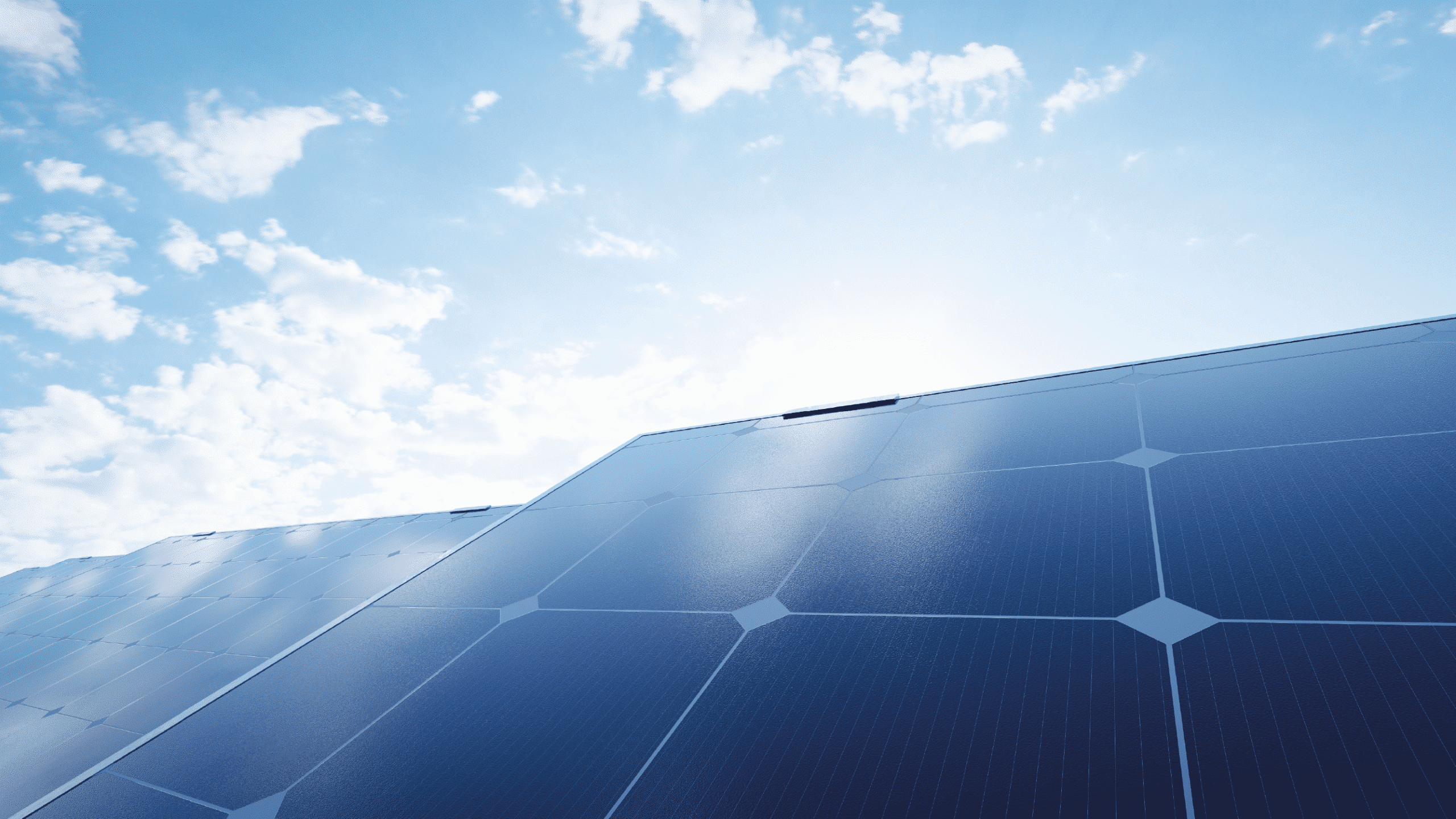
Depending on the transformation process to which we subject the silicon, we will obtain monocrystalline or polycrystalline cells and with the cells obtained, different types of solar panels can be manufactured.
Monocrystalline solar panels:
Monocrystalline solar panels are one of the most widely used technologies for photovoltaic energy production. They are distinguished by their blackish colour and rounded edges. These types of panels are very useful for locations where there is little sun exposure during the day because they offer very good performance in low light conditions.
Monocrystalline plate cells are made of a single crystal and the silicon is divided into sheets. The lifetime of these panels is between 25 and 50 years.
Polycrystalline solar panels:
These panels are generally less efficient than monocrystalline panels, although they are faster and cheaper to manufacture. This is because less ore is used during the production process. When these panels are exposed to sunlight, they take on a dark navy blue colour.
Although monocrystalline panels had their heyday in the early 2000s, today monocrystalline panels dominate the world market due to their better performance and technical improvement curve. However, it is true that there is no definitive answer as to which is better or worse, as it depends on the use to which each of these materials will be put.
Due to the current scenario (energy crisis, decarbonisation…) photovoltaics has become one of the solutions to reduce gas emissions into the atmosphere, as well as to reduce energy supplies and dependence on fossil fuels.
More news about renewable energies in our blog.






